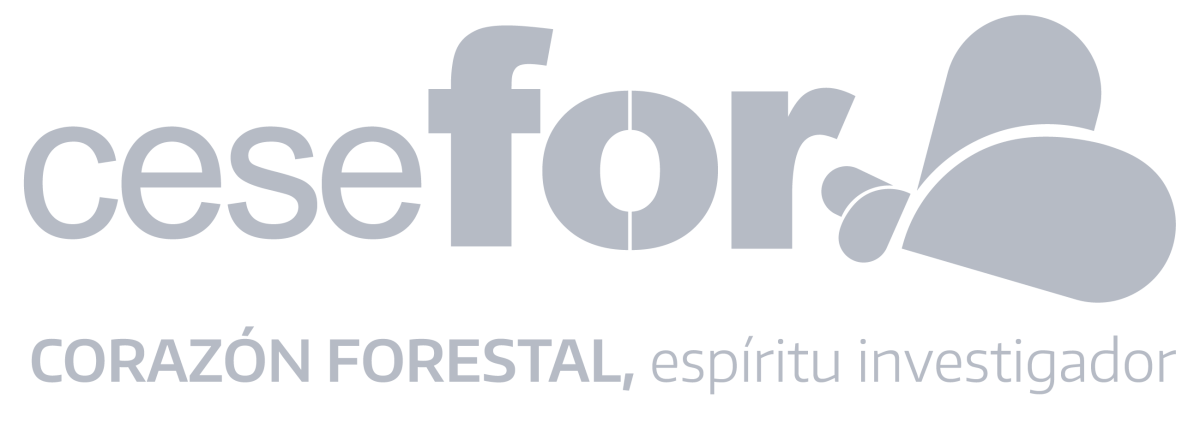

Member states of Natura 2000 are responsible for the implementation of both the Birds Directive and the Habitats Directive at national level through enforcement of their national laws. This can result in legal and organisational consequences to the State Forest Management Organisations (SFMOs), who are obliged to follow national law. SFMOs are not only responsible for a high percentage of forests within the EU but also manage a higher than average percentage of Natura 2000 sites. This booklet gives those involved in the day-to-day workings of Natura 2000 the chance to have their say. EUSTAFOR President Georg Erlacher reveals that SFMOs regard Natura 2000 as an inherent part of their mangerial functions. It is important to note that environmental protection is just one of the many responsabilities of SFMOs. Other equally important functions are the sustainable management of the entrusted property, the provision of recreational facilities, and supplying the domestic and European timber industry.
We address the legislative and European context of Natura 2000. We believe in the importance of aligning different opinions and we are grateful that the European Commission has expressed its readiness to voice its own perspective. A questionnaire study of 26 EUSTAFOR SFMOs showed a good level of involvement, perticularly in the early phase of implementation. The European Commission's proposed next steps show clearly the importance of involving forest managers with local responsability in future implementation.
However, the EU legal framework contains several undefined terms, many of which have been outlined by court decisions. It makes Natura 2000 an increasingly restrictive system which could discourage Member States and citizens from implementing Natura 2000. This booklet gives an overview of SFMO-related Natura 2000 activities, as well as other nature conservation measures and activities, including a focus on costs and funding.
We discuss the issue of balancing forest management with nature conservation when establishing management plans. We then use case studies to demonstrate the various experiences and types of activity of the SFMOs in Natura 2000 habitat and species management. A key factor for best practice management is availability of competent local staff, which enabled the development of knowledge and skills in environmental protection and sustainable forest management long before Natura 2000. However, active implementation of Natura 2000 by SFMOs is likely to progress at different rates, one for state owned land and another for privately owned land, regardless of which types of habitats and species require protection. As some of the case studies show, this makes it necessary from the point of view of forest managers to develop equal, coherent and legally enforceable conditions on a European, but more importantly on a national level.
Twenty years on from publication of the Habitats Directive, favourable conservation status for habitats and species is still not completely achieved. But is is still too early for a reliable conclusion of sucess or failure. Even the EU report of 2007 that was used for the scoping document on Natura 2000 and forests contains some predictions and estimations, not just scientifically measured data. In particular, methods used to gather data on habitats and species need further development. It is expected that the EU report in 2013 will deliver more reliable data. However, realistically, we cannot expect reliable data on the conservation status of habitats and species before the next EU report is published in 2019.
There is still a long way to go. SFMOs, with their 300 years of experience in sustainable forest management and forest inventory, have much to contribute to Natura 2000 and to help the network become a success story.

